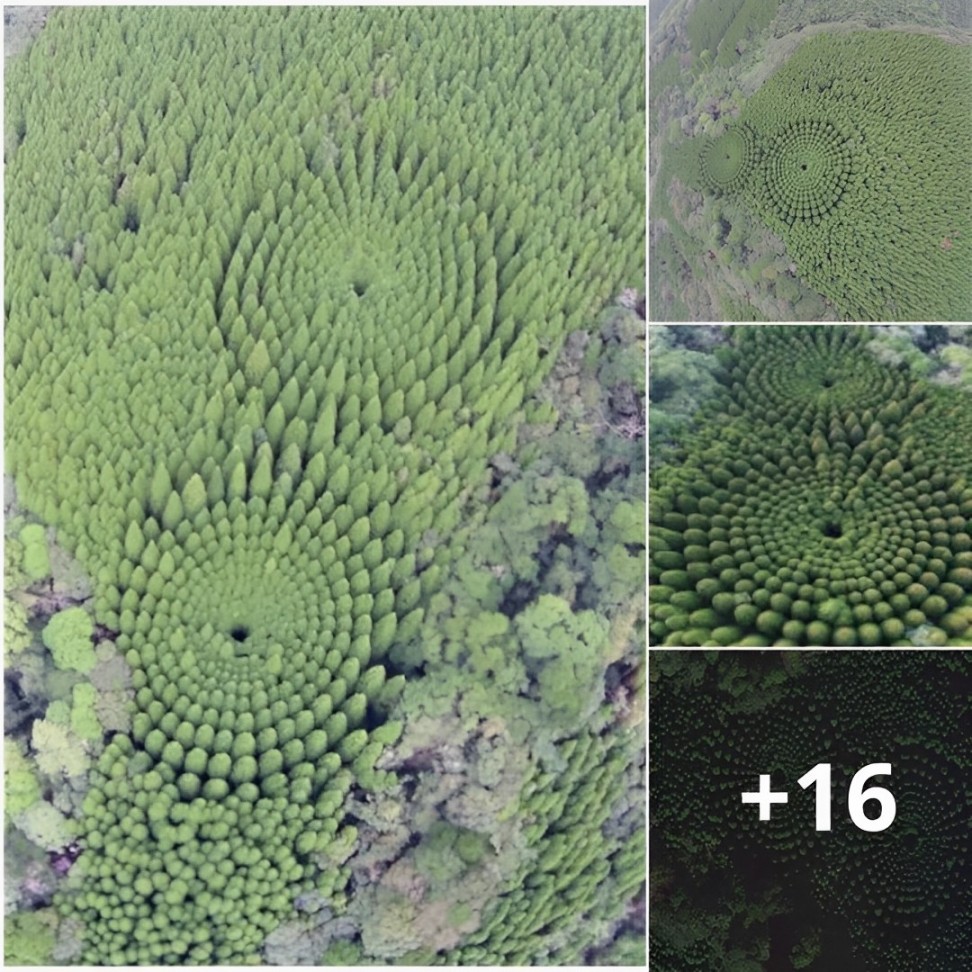Here’s an Internet curiosity that you can trust: the pink fairy armadillo.
 Yes, this pink armadillo is real. Image credit: Critter Science
Yes, this pink armadillo is real. Image credit: Critter Science
With a weight of around 100 grams, it can comfortably fit in your hand. The pink fairy armadillo (Chlamyphorus truncatus), also known as the Pichiciego, is the smallest armadillo species in the world, measuring only about 15 cm (6 inches) in length. According to Mariella Superina of the CONICET research center in Mendoza, Argentina, this armadillo is covered with “very fine, silky white hair.” And its hard outer shell, which is rich in blood vessels, is capable of turning pink.
The rosy hue along the pink fairy armadillo’s spine is known as a carapace, similar to the exoskeleton seen in turtles or crustaceans. This protective armor serves as the animal’s main defense against predators. When threatened, the armadillo can quickly burrow underground and then use its armor plate to “cork” the entrance to its burrow for added security.
 The pink fairy armadillo, the smallest armadillo in the world, can comfortably fit in researcher Mariella Superina’s palm. Image credit: Paul Vogt, M. Superina
The pink fairy armadillo, the smallest armadillo in the world, can comfortably fit in researcher Mariella Superina’s palm. Image credit: Paul Vogt, M. Superina
Much about the biology of the pink fairy armadillo remains a mystery though. It is found only in a dry, sandy region of Argentina and primarily resides underground, making it difficult to spot. As a result, Superina and her team are finding it challenging to even determine if species is endangered or not. Superina leads an international group of experts who are now evaluating the extinction risk for the world’s 21 known armadillo species, along with their close relatives, sloths, and anteaters.
After 10 years on the field, Superina has yet to catch sight of a pink fairy armadillo in its natural habitat. All she has seen is tracks made by digging claws that abruptly end after several meters – most probably where the armadillo has gone underground. And she also had a chance to observe the diamond-shaped tip of its tail. But that’s all.
 Unlike in most other armadillos, the pink fairy armadillo’s carapace can be partially raised and is covered in fur underneath. Image credit: M. Superina
Unlike in most other armadillos, the pink fairy armadillo’s carapace can be partially raised and is covered in fur underneath. Image credit: M. Superina
She says that locals are skilled at tracking down any animals, but have no luck with this one. On rare occasions, individuals have captured one of these creatures, but soon become overwhelmed by the challenge of keeping it alive. These captive specimens typically survive for no more than eight days.
Superina had difficulties caring for one such stray animal that could not be released back into the wild. When not in captivity, pink fairy armadillos mainly eat ants and larvae while underground, and are also known to eat worms, snails, and various insects – and as a last resort even plant leaves and roots, if none of the former are available. But this little guy just wouldn’t eat anything. The researcher was desperate.
Finally, she found that the animal would consume a mixture (made of milk, cat food, and exactly half a banana) intended for a different species. However, the next stray animal would not accept the same food. Don’t even think of getting one as a pet, she says.
 This sleeping pink fairy rmadillo was rescued from someone who tried to keep it illegally. Image credit: M. Superina
This sleeping pink fairy rmadillo was rescued from someone who tried to keep it illegally. Image credit: M. Superina
For the eight months that the animal which tolerated the mixture lived in Superina’s home terrarium, infrared cameras captured its movements below the sand surface. Biologists previously believed that the species “swam” through sand, but Superina now states that it “digs and then it backs up and compacts the sand with its butt plate”.
The video shows a pale, furry body digging and butting, digging and butting. Using the flattened round rear plate in compaction is a unique trait of fairy armadillos.
This rare observation may have also resolved a paleontological puzzle. Previously discovered rows of compacted earth discs resembling drooping slices of bread might actually be the work of the flattened butt plates of ancient fairy armadillos.
 Pink fairy armadillos compact soil while burrowing by using their flattened rear plates. Image credit: M. Superina
Pink fairy armadillos compact soil while burrowing by using their flattened rear plates. Image credit: M. Superina
In 2008, the International Union for the Conservation of Nature classified the pink fairy armadillo as “data deficient,” and since then, reports of sightings have decreased. The armadillos are not considered a food source, but there is a growing black market for keeping them as pets, despite their poor survival rate in captivity.
Other potential contributors to declining populations are climate change, pesticide use, large-scale livestock farming, and the growing number of domestic cats and dogs that prey on them.
 Image credit: Vegolosi
Image credit: Vegolosi
At present, there are no laws in place to protect the animal. Let’s hope that changes soon.





